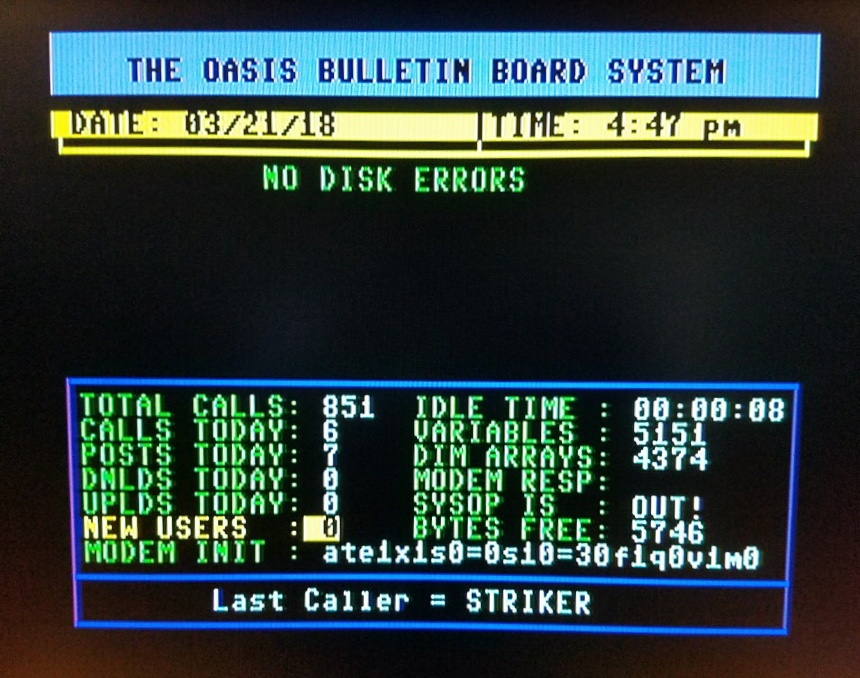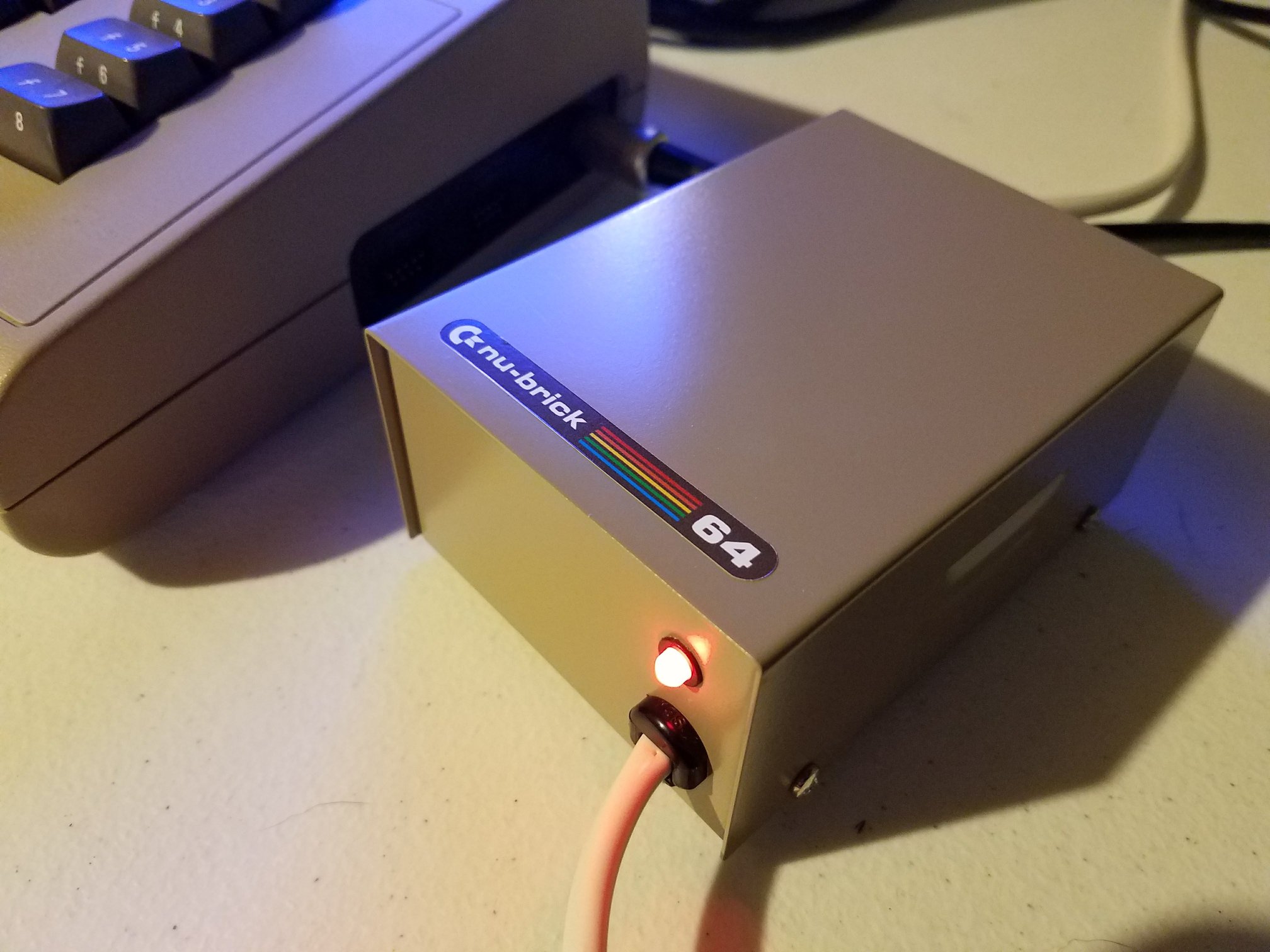In this episode of TheRetroChannel they’re diving into the fascinating world of Lumacode, specifically its integration with the Open Source Scan Converter (OSSC).
Lumacode is a quasi-digital video format created by digitizers installed in vintage systems like the Commodore 64, Commodore 128, VIC-20, various Atari systems, and the ColecoVision. Until recently, decoding Lumacode relied solely on the RGB to HDMI device, which unfortunately did not handle audio. Users had to employ additional hardware to integrate audio into the HDMI signal.
The OSSC, as of firmware version 1.10, now supports Lumacode, offering a significant improvement. Unlike the RGB to HDMI, the OSSC can handle both video and audio over a single HDMI connection, simplifying the setup and improving the overall experience.
To utilize Lumacode on the OSSC, ensure your device has an HDMI output (older versions may only have DVI). If you have a revision 1.7 board, a minor hardware modification is needed before updating to the latest firmware. This involves removing a resistor and adding a wire, which might sound complex but is manageable with the right tools and a bit of patience.
Once the hardware is set, download the latest firmware from Junker HQ and use software like Win32 Disk Imager to write the firmware to a microSD card. Insert the card into the OSSC, navigate to the firmware update option, and follow the prompts.
For systems like the Commodore 64, connect the Lumacode output to the OSSC, and adjust settings such as:
1. **Output Options**: Set the 240p/288p to line 5x mode.
2. **Aspect Ratio**: Choose 1920×1200 for accurate display.
3. **Video In Processing**: Enable Lumacode and select the appropriate system.
4. **Sampling Options**: Adjust the horizontal sample rate (504 for PAL systems, 512 or 520 for NTSC systems).
After setting up, you should see a clear, Pixel Perfect display. Adjust the sampling phase for color accuracy, and ensure audio settings are correct. The OSSC can mix audio to mono if needed, ensuring a cohesive output.
The OSSC’s support for Lumacode represents a significant advancement for retro enthusiasts, providing an all-in-one solution for digital video and audio output. Whether you’re using a Commodore 64, ZX Spectrum, or other supported systems, the OSSC simplifies and enhances your retro gaming and computing experience.







